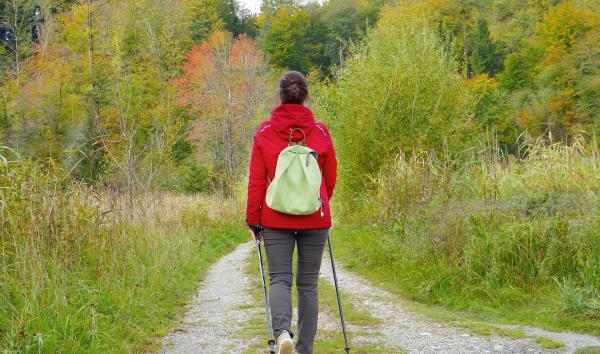
Keep Calm, and Let Your Immune System Carry on!
How many times in the past month have you opened an email or clicked on a headline, only to encounter the following phase, “these are stressful times” – or perhaps it was, “these are unprecedented and stressful times”? The COVID-19 pandemic has thrown so many of our financial, professional, and personal lives for a loop. But, did you know that added stress can also put your physical health at risk? To understand how, let’s think about how our stress response and immune systems work.
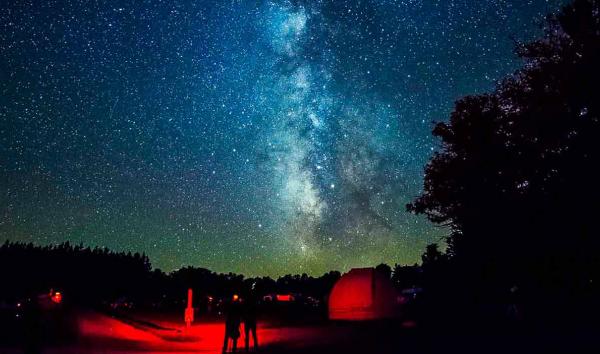
Best Places to Stargaze in PA
Can you see the stars from your home? If you can't, we've got you covered with this list of some of the most breathtaking skies in Pennsylvania:
Cherry Springs State Park – Coudersport
Known best for seeing the Northern Lights. On a clear night, see a sky ablaze with up to 30,000 twinkling stars is an unforgettable experience.
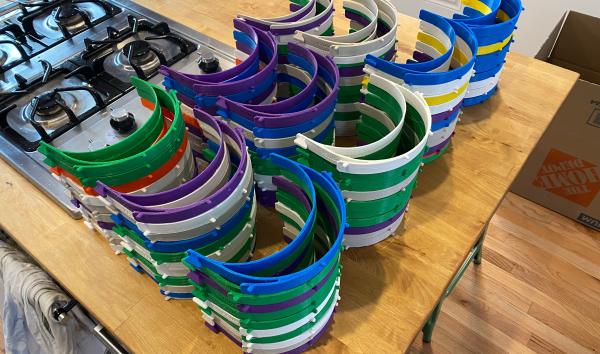
Maker Methods to Provide Aid to Healthcare Workers
The shortage of critical personal protective equipment (PPE) is putting healthcare workers at increased risk during the COVID-19 pandemic. People worldwide have come together to produce creative solutions to combat this shortage. If you consider yourself a maker, problem-solver, or simply want to get your hands involved to help healthcare workers, this guide is for you. If you do not have the capabilities to produce the items listed below, please share with someone who might.

COVID, Climate, and Resilience
A now famous before/after image of the New Delhi War Memorial showing air quality improvements. Left: October 17, 2019. Right: April 18, 2020. (Anushree Fadnavis and Adnan Abidi/Reuters)
“The air is clear, the skies are blue. I see the evening stars with clarity....” Smita Tharoor told The Guardian newspaper last week as she marvelled at New Delhi’s new skyviews. Like millions of others, Smita is revelling in the rapid improvements of air quality seen the world over.
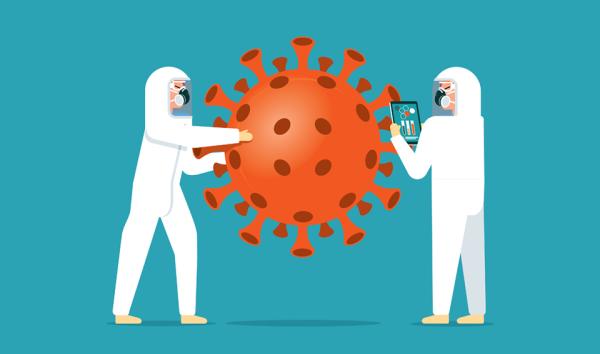
Artificial Intelligence and COVID-19
Artificial intelligence (AI) is transforming the way we engage physically and digitally with the world around us.
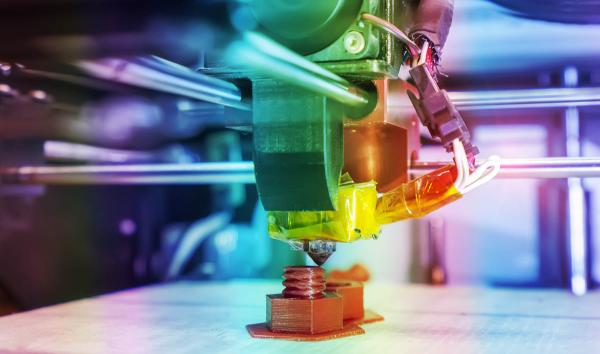
Additive Manufacturing In A Time of Necessity
The growing pandemic caused by COVID-19 has created an unprecedented, rapid convergence between open source technology and healthcare. Makers and technologists around the world are stepping up and galvanizing forces to develop and deploy materials and equipment to meet the demands being placed on world governments to protect the general public, as well as addressing the needs of health professionals working around the clock to put a stop to the disease. But how is something like this even possible given the magnitude of the situation at hand?
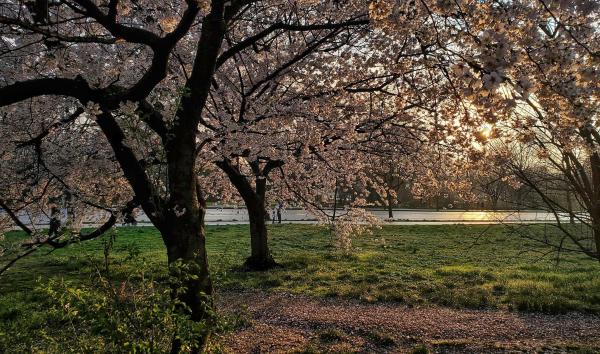
#FranklinOutside Scavenger Hunt
You’re not alone—alongside the uncertainty and worry of the past few weeks, the stress of confinement can feel overwhelming. Spending our days inside distanced from friends and loved ones can take a heavy toll on our personal well-being.
It’s during uncertain times like these that I look to nature for a relaxing escape. While the natural environment certainly can’t solve all of our ailments, plenty of scientific evidence documents the positive effect spending time in nature has on both our mental and physical health.

Seeing the International Space Station!
Updated April 27, 2020
Looking for something unique to do with your spare time? Become an ISS spotting expert! All you need is your phone and a place to view from – your backyard, your front step, a nearby intersection – but no telescope. This is almost exclusively a ‘naked eye’ experience to be done only when the sky is clear. Share this information with your family across the region, then do it together as a group!
Here’s when to look. Timing is specific to the Philadelphia region.
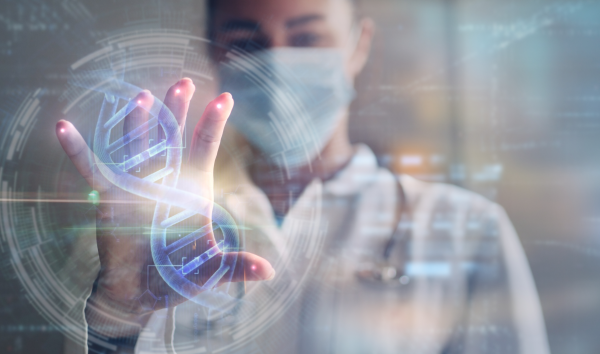
Clinical Trials: The Road to New Therapies
Last fall, our team of scientists started brainstorming topics to tackle in our 2020 Speaker Series on issues at the intersection of science and society. In partnership with ethicists Holly Fernandez Lynch and Steven Joffe at the University of Pennsylvania, we decided to explore the process of developing new drugs and therapies through clinical trials.

Coronavirus Update: Prepare, Don’t Panic
Update 8.5.20: In light of newer evidence demonstrating that infected people can spread the virus even before showing symptoms, it's important for everyone to wear face masks to protect each other. Social distancing measures, implemented in Philadelphia in mid-March, have been essential for slowing the spread of the virus and saving lives while new vaccines and treatments are developed.

The Legacy of the Spitzer Space Telescope
Space telescopes are earth-orbiting telescopes that augment work done by ground-based instruments. Because of their location outside Earth's atmosphere, space telescopes can collect data from electromagnetic sources like heat, x-rays and gamma rays, which are altered when they pass through our atmosphere.

SARS-CoV-2: Still More Questions than Answers
Update: On February 11, The World Health Organization announced that the official name of the disease caused by the coronavirus is COVID-19, combining “coronavirus,” “disease,” and 2019–the year the virus emerged. The current reference name for the virus itself is severe acute respiratory syndrome coronavirus 2 (SARS-CoV-2).

Adventures with a Seeing Eye® Puppy
For those of you that visit the Franklin Institute on a regular basis, I am one of the many Volunteer Science Presenters that you will meet and talk with.
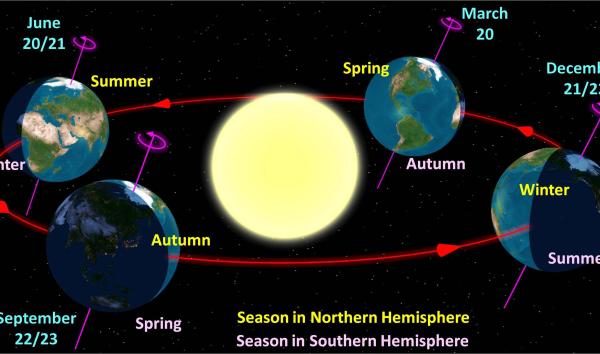
Astronomy with a Flashlight
Want to know the astronomy behind why it’s cold at this time of year? Logically, it must be because Earth is farther from the sun, right? Nope! Actually we’re now closer to the sun in our orbit now than at any other time of year. So why is it cold? Grab your flashlight and let’s find out!
Let’s talk about the northern hemisphere first.

Winter Solstice
Most of us dread the first day of winter. We think of it as the shortest day, the cold day, the dark day. But the first day of winter (aka the winter solstice) actually is the gateway to Spring and has an astronomical connection. In fact, it’s all about the astronomy! Here’s how.

Exoplanet Name Contest Winners Announced
On December 17, 2019, the International Astronomical Union announced results for the Name Exoworlds contest for each participating country. We are pleased to announce the winning name pair for the US star and exoplanet system HD17156.
Star: Nushagak
Nushagak is a regional river near Dillingham, Alaska, which is famous for its wild salmon that sustain local indigenous communities.
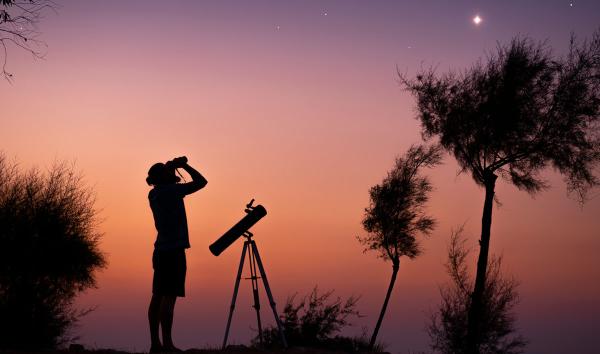
Derrick Pitts's Tips for Telescope Buyers
Interested in buying a telescope? Making the right purchase need not be a daunting task if you're armed with a few simple guidelines. There are several different types of telescopes on the market and the first place to start in choosing one is to decide what you want to do and how much you want to spend.
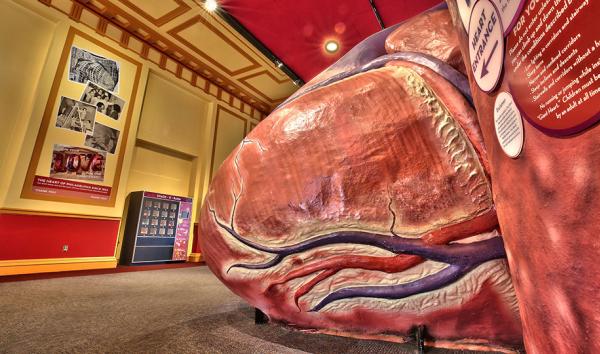
Refreshing and Upgrading Our Giant Heart Exhibit
The Giant Heart exhibit will be temporarily closed from November 4 through 15, reopening on November 16. Keep reading to find out what’s in store!
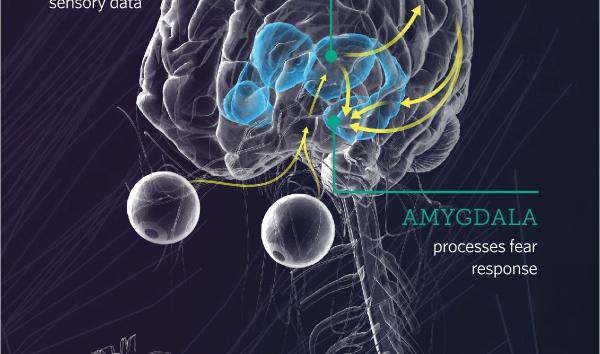
Fear and Your Brain
It’s a dark and stormy night. Boom! You hear a loud crash. You see a flash of movement. The fear sets in. Your brain has jumped into alert mode.
Fear is an essential function of the brain. Throughout human evolutionary history, fear has kept us alive. How does it work? A cascade of reactions in your brain and body helps you prepare for danger. Sensory information—like what you see and hear around you—first zips straight to a part of your brain called your thalamus. The data then branches off into two different routes.
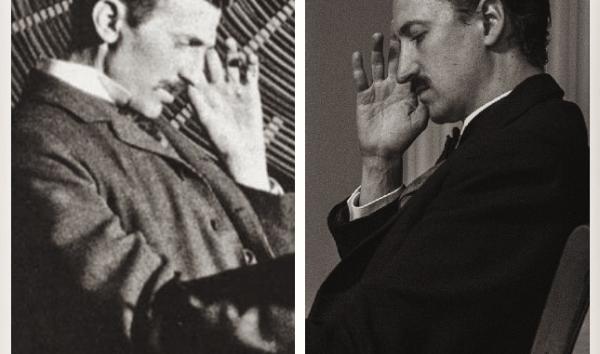
Tesla's Dream: An Interview
Last year, for the 2018 Philadelphia Fringe Festival, you wrote, produced, and starred in The William Penn Story, an original musical about Philadelphia’s founding father. Audiences loved it and the show received several glowing reviews. This year you have once again co-created and are presenting a brand new play about an innovative, pioneering, humanitarian, Nikola Tesla. That seems like a lot of work! How do you do it?
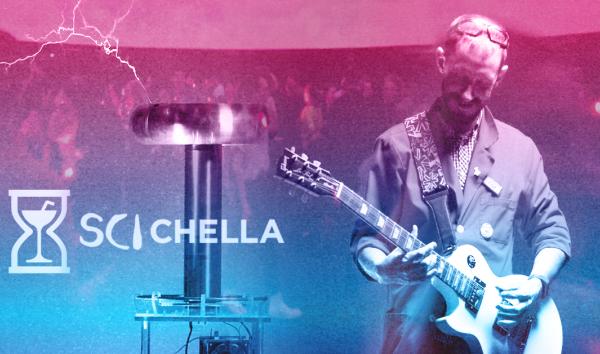
Sci-Chella: Music + Art + Science
When most people hear ‘Music Festival’ the first thing that comes to mind is probably not SCIENCE. You might think crowds, gross bathrooms, a bunch of music acts they have never heard about, warm drinks, and people in flower crowns. And while frequent festival-goers will likely confirm that the aforementioned list is very typical, the greater experience is that it's a giant experimental playground. In recent years many scientists and educational organizations are injecting themselves into the music festival equation. They recognize that the festival audienc
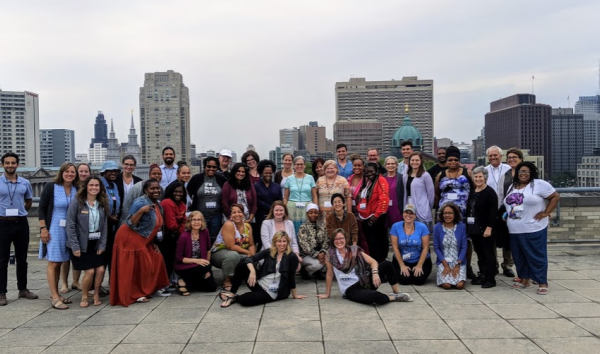
What Does Sustainability Mean to You?
Last week forty Philadelphia-area teachers gathered to explore this question in depth at The Franklin Institute’s second annual sustainability and climate change teacher training. Led by TFI’s Curriculum Developer Rachel Castro-Diephouse and Environmental Scientist Dr. Rachel Valletta, this three-day event examined how teaching for sustainability can be a solution to one of the world’s most pressing problems: climate change.

You Can Name An Exoplanet!
Greetings Astro-enthusiasts! The International Astronomical Union (IAU) invites you to help name an exoplanet and its star.
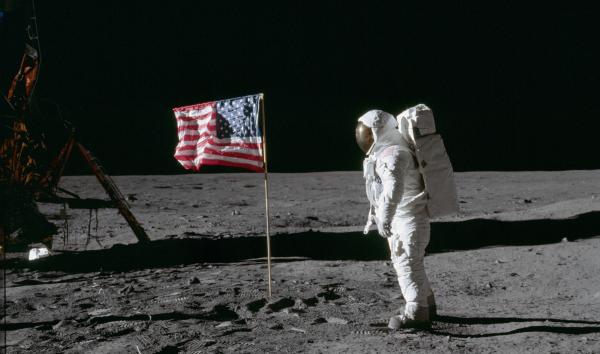
The Future of Space Exploration
What an exciting time it was. Fifty years ago, in July 1969, three American astronauts accomplished what the entire world would experience as the most daring expedition ever attempted by humans, a round trip journey to the moon. As a 14-year old with a deep interest in anything related to space exploration, for me every step of the newly emerging space program brought a rising level of excitement and anticipation. New giant rockets, the most complex machines ever designed, were being built to lift astronauts to the moon.

